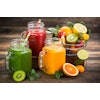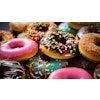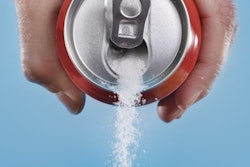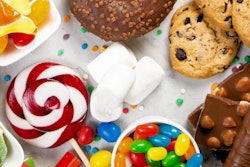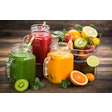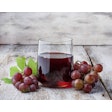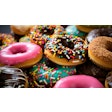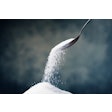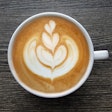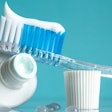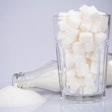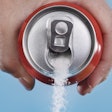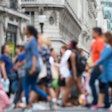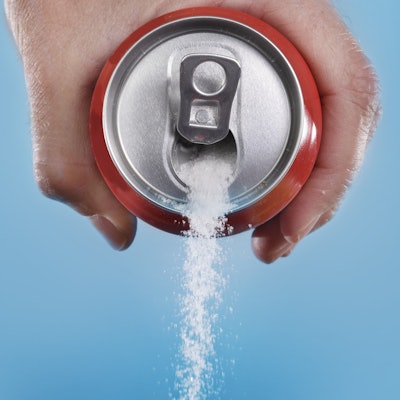
Two years after Philadelphia implemented its soda tax, the volume of purchased sweetened drinks has declined by 42% and sugar consumption has fallen by 34% per person, according to a June 15 paper in JAMA Network Open.
Researchers conducted a study that compared changes in beverage prices and purchases at independent stores in Philadelphia and Baltimore. The study builds on the team's prior one-year analysis and revealed that Philadelphia's 1.5¢ per fluid ounce tax on sugary drinks was associated with sustained changes in both beverage prices and purchases.
"Although a number of prior studies in Philadelphia have shown increased prices and purchase declines, this is the first study, to our knowledge, in a [U.S.]-taxed jurisdiction to show sustained, 2-year association of a beverage tax and no evidence of substitution to high-sugar foods among independent store shoppers," wrote the group, led by Sara Bleich, PhD, from the department of health policy and management at Harvard T.H. Chan School of Public Health in Boston.
The beverage tax works
Beverage taxes have been proposed as mechanisms for reducing sugar-sweetened beverage consumption. Back in 2017, Philadelphia implemented its sugar tax and study results have been mixed. However, the studies were often limited by small sample sizes, according to Bleich and colleagues.
Not so with this current study, as it included 116 independent stores and 4,738 customer purchases (4,351 customers were at least 18 years old). The researchers looked at beverage prices before and after the tax, fluid ounces purchased, and total calories purchased from beverages and high-sugar foods at retailers in Philadelphia and Baltimore, which had no sugar tax and served as the control.
Bleich and colleagues found 137% of the tax was passed through to prices, which increased 2.06¢ per fluid ounce in Philadelphia compared with Baltimore; nontaxed beverage prices showed no statistically significant change. In addition, taxed beverage purchases dropped by 6.1 fluid ounces, representing a 42% decline in Philadelphia compared with Baltimore. Nontaxed beverage purchases experienced no such change.
It wasn't statistically significant, but exploratory stratified analyses found the declines were larger among customers shopping in low-income neighborhoods and those with lower education levels.
Additionally, calories from these drinks and high-sugar foods fell by 23% (69 calories). Sugar consumption dropped by 20 g or 34% per person.
"These results, combined with the tax overshifting and no evidence of substitution toward high-sugar foods, [suggest] the tax may lead to more health gains among people living in lower-income areas or with lower education in the longer term," the researchers wrote.
While the results are promising, the study also had several limitations. For one, the data did not include evening and weekend purchases, so the generalizability may be curtailed. Also, the study only looked at independent stores.
"We do not know whether independent store customers switched to purchasing taxed beverages at stores where less of the tax is passed through to prices, such as supermarkets," the authors wrote.
Similarly, they were unable to objectively assess cross-border shopping at independent stores, and the data did not allow them to account for customer volume at each store.
Finally, while the study was large, the response rate in Philadelphia (23%) was lower than in Baltimore (59%), which may have affected the results, according to the authors.

